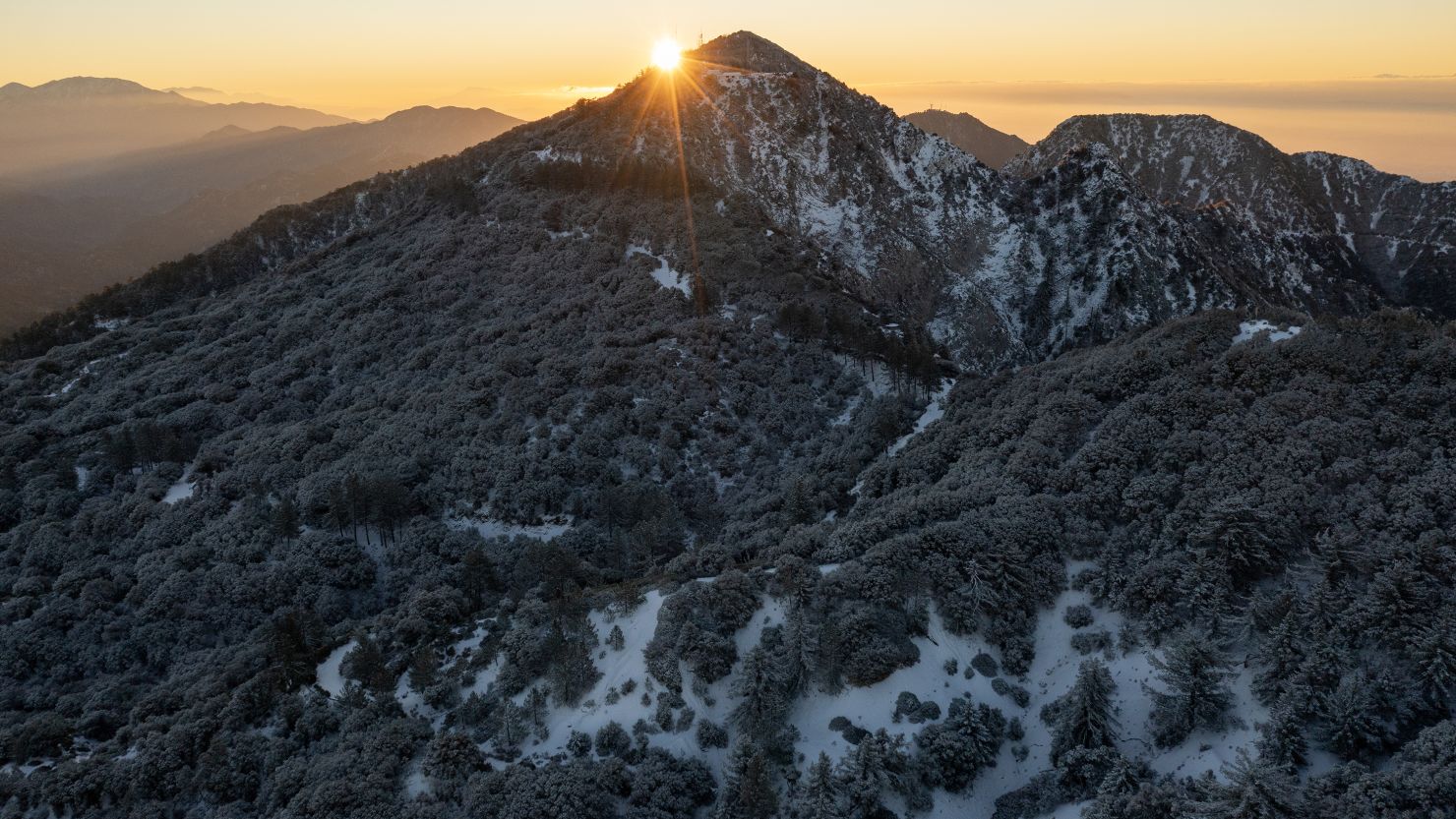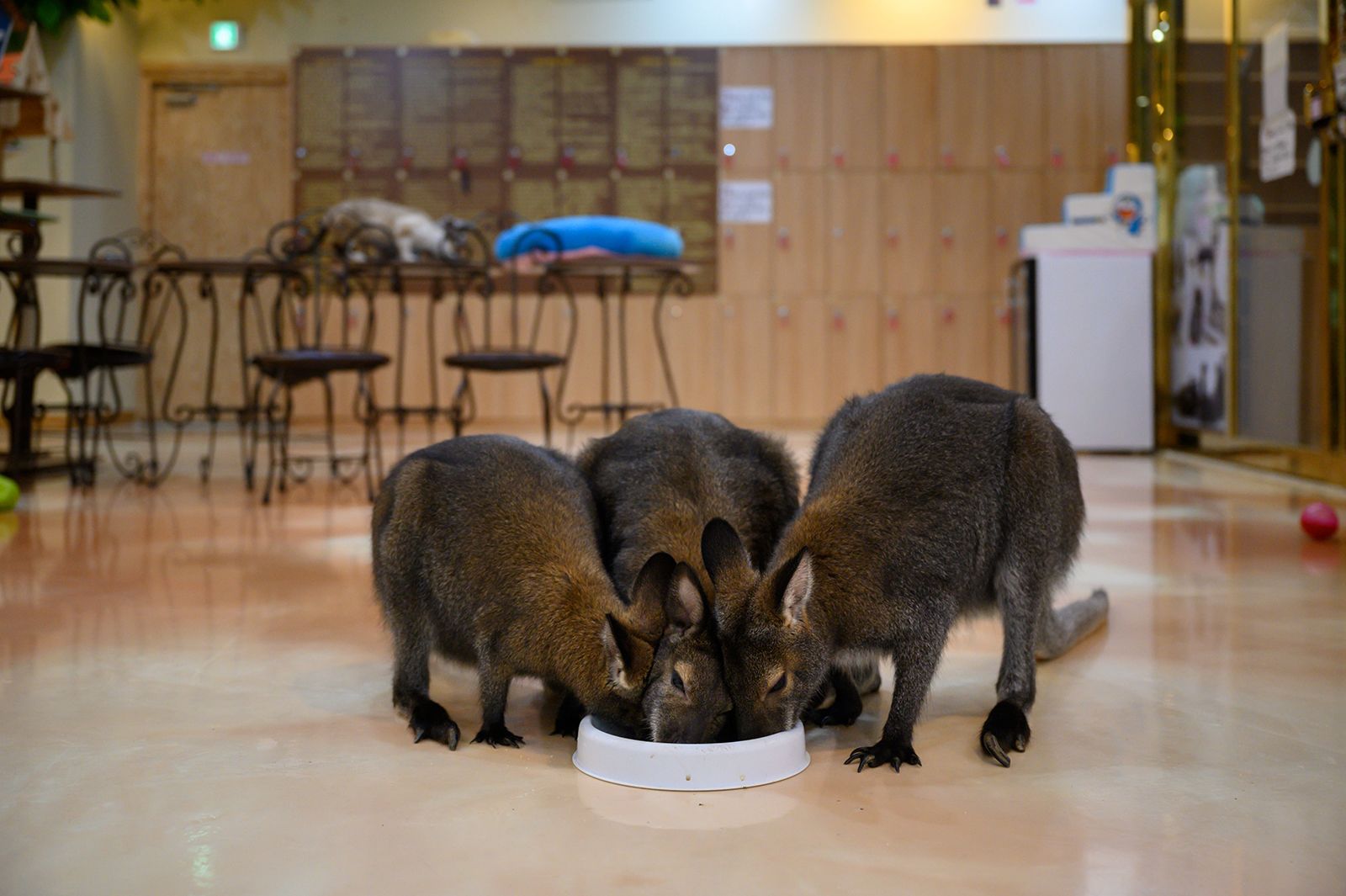Winter losing. Winter is here, but it’s not as frosty as it used to be. The kickoff of winter solstice might signal the shortest day and the official start of cold times, but things are heating up due to human-induced climate change. And this warming trend is causing a snowball effect on various aspects of our lives.
Winter’s Warming Trend
From December to February, winter’s warming up faster than ever, especially in about 75% of the US. That’s a big deal because it’s changing the game in 97% of the places looked at since 1970. On average, these spots are seeing about a 3.8 degrees Fahrenheit increase in winter temperatures. In some cities, it’s even more extreme—places like Burlington, Vermont, and Concord, New Hampshire, have warmed by as much as 7 degrees!
Regions Getting Toastier
The Northeast and Upper Midwest are leading the warming race, hitting almost a 5-degree spike. Even places that used to freeze hard, like Milwaukee, are now almost 7 degrees warmer in winter.

The Downsides of Warm Winters
Winter losing. Sure, a less bone-chilling winter might sound cozy, but it comes with serious consequences. Winter plays a huge role in nature’s cycles, from plants and animals to freshwater supplies and even supporting local economies through winter sports. As things warm up, it’s messing with these natural rhythms.
Winter’s Changing Face
Warmer winters don’t mean summer-like heat all season long. There will still be chilly days, but they’ll become less frequent and not as extreme. The cold snaps we’re used to are now about six days shorter on average compared to 1970. And guess what? Warm temperature records are doubling the cold ones, especially during nighttime.
Overnight Temperatures Taking the Heat
Nighttime is warming up faster than daytime in winter, rising at a rate of 1.78 degrees per century since 1900. That’s 25% faster than daytime highs! Nearly 88% of cities studied have fewer freezing nights than they did in 1970, and some places in warm states like Nevada, Arizona, California, and Florida don’t feel that freezing bite anymore.
Industries Feeling the Heat
Winter losing. This warming trend is throwing curveballs at industries that rely on a predictable cold. Ski seasons might start later and end way sooner, potentially taking a massive $1 billion hit from the US economy. Farms are feeling the pinch too—crops like fruits and nuts need that chill time to bloom properly in spring. With winters warming, places like California’s Central Valley, known for growing a ton of fruits and nuts, might see a 25% drop in chill time by the end of the century.
The Ripple Effects
Less chill time means less of your favorite produce like walnuts, pistachios, and cherries. And what’s left might not be top-notch quality. That’s bad news for food companies and might lead to higher food prices, making food insecurity worse.
Pollen and Pests on the Rise
Warm, longer growing seasons mean more exposure to pesky pollen and pests, making allergies worse for many folks. And here’s the kicker: warmer winters are making spring kick in way earlier than expected. So, get ready for sneezes and sniffles sooner than you might like.
Conclusion
Winter might not feel as cold and cozy as it used to, but this warming trend isn’t all good news. It’s shaking things up in nature, hitting industries hard, and even messing with our health. As much as we might enjoy a slightly warmer winter, the consequences are more significant than we might think.




